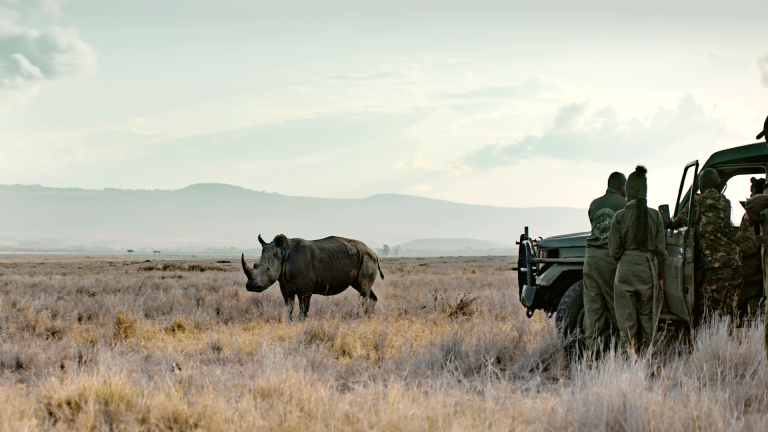By this stage in his prolific career, Pedro Almodóvar is essentially a brand. The Spanish writer and director makes films with hearts the size of hot air balloons: exuberant tales often set in heightened realities that can be overwhelming in the best way. Even when steering into melodrama or farce, he seems to embrace everything about life, plunging headlong into sensation and emotionalism. Watching an Almodóvar movie is to not-so-secretly wish you saw the world through those voracious eyes, could somehow tap into his muy picante mojo.
But maybe being Almodóvar isn’t as much fun as it sounds. His latest, Pain and Glory, stars Antonio Banderas as Salvador Mallo, a widely adored veteran Spanish film-maker. From the outset, Banderas’s silvery beard and frizzed-up hair invite parallels between Salvador and Almodóvar but despite living in a beautiful Madrid apartment surrounded by exquisite furniture and covetable art, this fictional auteur is burdened by pain, both physical and psychological.
Mallo is in such a deep existential funk that instead of pursing new projects he prefers to drift off into memories about his hardscrabble childhood in a sun-scorched town near Valencia. In these flashbacks, his hard-working but exasperated mother (Penélope Cruz) badgers the skinny young Mallo into improving his prospects through education.
In the present-day, Mallo is being pursued by a prestigious arthouse cinema preparing to revive Sabor, one of his overlooked 1980s films: perhaps the master would care to take part in a post-screening Q&A with the lead actor Alberto Crespo (Asier Etxeandia)? Unfortunately, Mallo and Crespo clashed so bitterly on the set of Sabor (literally “flavour”, with a saucy poster to match) they have been estranged ever since. At first, it seems like a reconciliation between these former collaborators will be the main thrust of the narrative.
Crespo is one of Pain and Glory’s greatest joys, a brash former tyro who, over the course of three decades, has gone full late-period Johnny Depp complete with louche musketeer beard and a surfeit of beaded necklaces, retro band T-shirts and skull rings. But their reunion unexpectedly sends Mallo off into yet more reveries, aided by one of Crespo’s less wholesome habits. The rest of the film unspools in a series of episodic arcs, inviting the viewer to puzzle over how the formative experiences of Mallo’s youth might have made him the despondent single gay man he is today.









